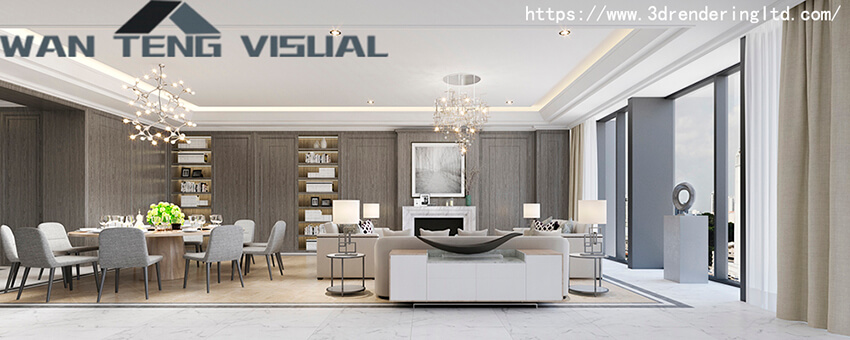Wiki
Clone wikiqocsuing / A New Era in Real Estate: The Rise of 3D House Rendering
A New Era in Real Estate: The Rise of 3D House Rendering
The advent of 3D house rendering has ushered in a new era in the real estate industry. This technology, which involves creating three-dimensional models of properties based on architectural designs, is revolutionizing the way properties are presented and marketed.To get more news about 3D architectural visualization services, you can visit 3drenderingltd.com official website.
Traditionally, the real estate industry relied heavily on two-dimensional blueprints and physical models to showcase properties1. However, these methods often fell short in accurately conveying the depth, texture, and spatial relationships inherent in architectural designs1. With 3D house rendering, these limitations are overcome. Architects can now create lifelike representations of properties, complete with shadows, textures, and an essence of realism1. This allows potential buyers to take virtual ‘walks’ around and inside the property, providing them with a more immersive and realistic understanding of the property.
 Moreover, 3D house rendering enhances the accuracy of architectural designs1. Precision is paramount in architecture - it’s not just about crafting a beautiful structure, but also ensuring that this structure stands tall, functional, and safe1. With 3D rendering, architects can examine their designs from all angles, ensuring that every corner and niche is just right.
Moreover, 3D house rendering enhances the accuracy of architectural designs1. Precision is paramount in architecture - it’s not just about crafting a beautiful structure, but also ensuring that this structure stands tall, functional, and safe1. With 3D rendering, architects can examine their designs from all angles, ensuring that every corner and niche is just right.
In addition to improving visualization and design accuracy, 3D house rendering also bridges the gap between architects and clients1. A common challenge in the architect-client relationship is the disconnect between what the designer visualizes and what the client perceives. The 3D-rendered model addresses this issue by providing clients with a realistic rendition of their future home or property. This clarity is invaluable for someone investing time, emotions, and finances into a property.
The rise of 3D house rendering is not just confined to architectural design and real estate marketing. It’s also making waves in the construction industry. Companies like SQ4D Inc. are using 3D printing technology to build houses2. This process can save about 20 percent to 30 percent on an overall bill, making housing more affordable.
In conclusion, 3D house rendering is transforming the real estate industry by enhancing property presentations with photorealistic images and animations. It provides potential buyers with an immersive experience that goes beyond standard 2D presentations. More importantly, it serves as a powerful tool for building trust and enhancing sellers’ credibility. As we continue to embrace digital innovations in real estate, we can expect to see even more exciting transformations in this industry.
Updated